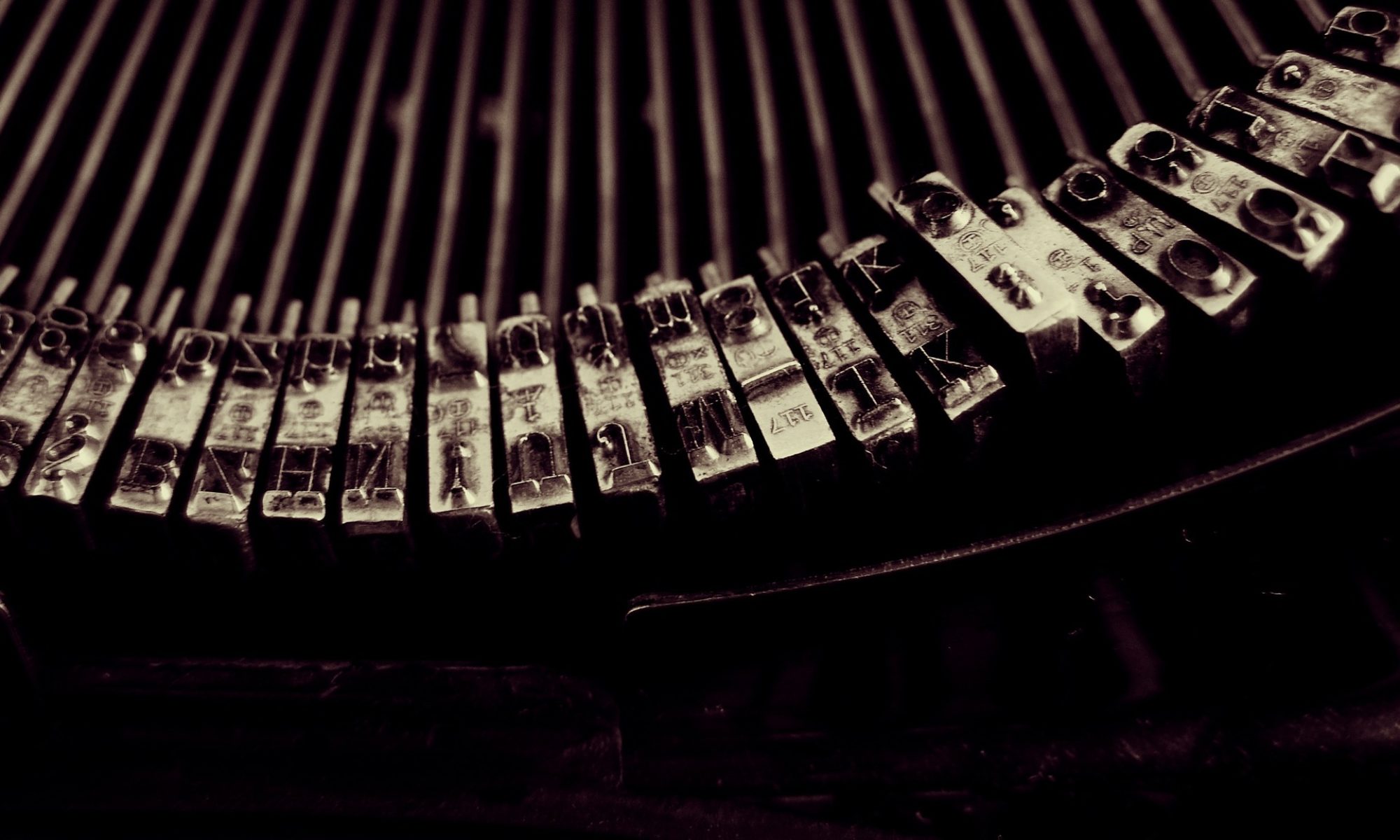
Day 19 – A Watercolorist’s Journal
I gave myself a one-hour Internet course in the history of watercolor painting. I was drawn, most of all, to the work of Georgia O’Keeffe. Not her famous blossoms or skulls, but a few bold landscapes. Especially Red Mesa and Canyon With Crows. I made my own Red Mesa–not getting the greens quite right, wishing I had a larger brush–but all the while picturing Georgia, standing in the cooling air, watching the sun paint the canyon walls the colors of a child’s schoolroom. She must have known, with such certainty, that she had come to precisely the right place, was doing precisely the right work . She heard a call that was answered with these paintings.
O’Keeffe was drawn to the American southwest. She painted landscapes in the badlands of northern New Mexico, a place she called “the Far Away.” She would set out alone, early in the morning, in a customized Ford Model-A. She later bought property called “Ghost Ranch,” with views of the painted desert cliffs. I’ve read that, as you walk through that area, a scene she painted may modestly settle into view. The director of the ranch will tell you: “She didn’t paint the obvious.”
But Red Mesa is not one of O’Keeffe’s New Mexico paintings. It belongs to a series of 50 or so watercolors–the Palo Duro Paintings (I think they’ve also been called the “Canyon Suite”)–she is said to have made from 1916 to 1918, when she lived in the Texas panhandle. MWhen shown together at the Georgia O’Keeffe Museum, in 2016, it was said that the paintings formed “a period of radical innovation … the moment when [her] commitment to abstraction [wa]s firmly established.” Lost and then found, their provenance questioned. Are they truly hers, or the work of her students? Some mystery surrounds, or once surrounded, the paintings.
Mysterious paintings from a mysterious place. A bit of travel writing evokes it. The striking contrast between the red sandstone and green junipers, lavender dusk falling down over it all. The place has been described as “a magical world of simple yet powerful forms and hot, primary colors.” The paintings do it serious justice.










